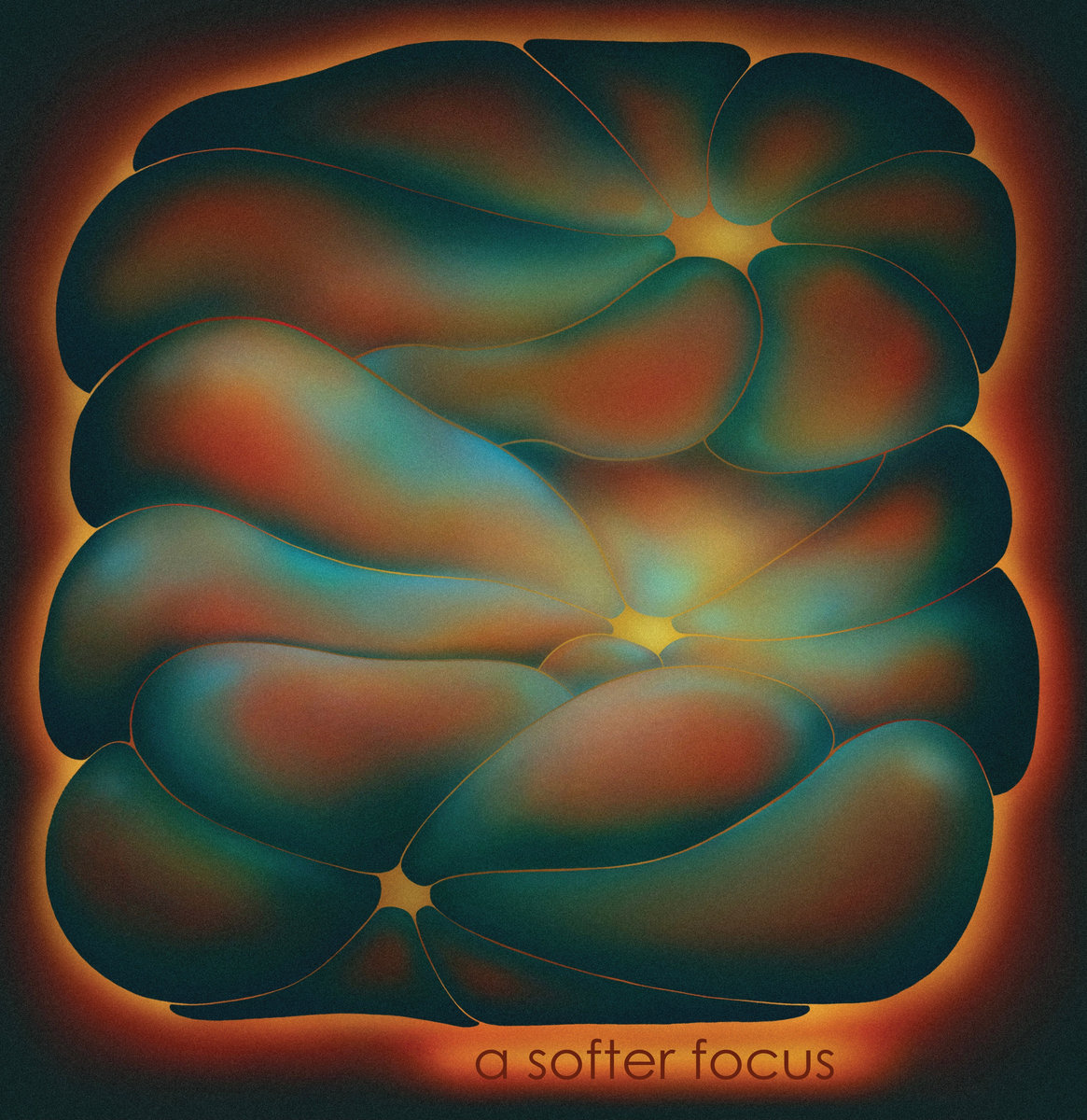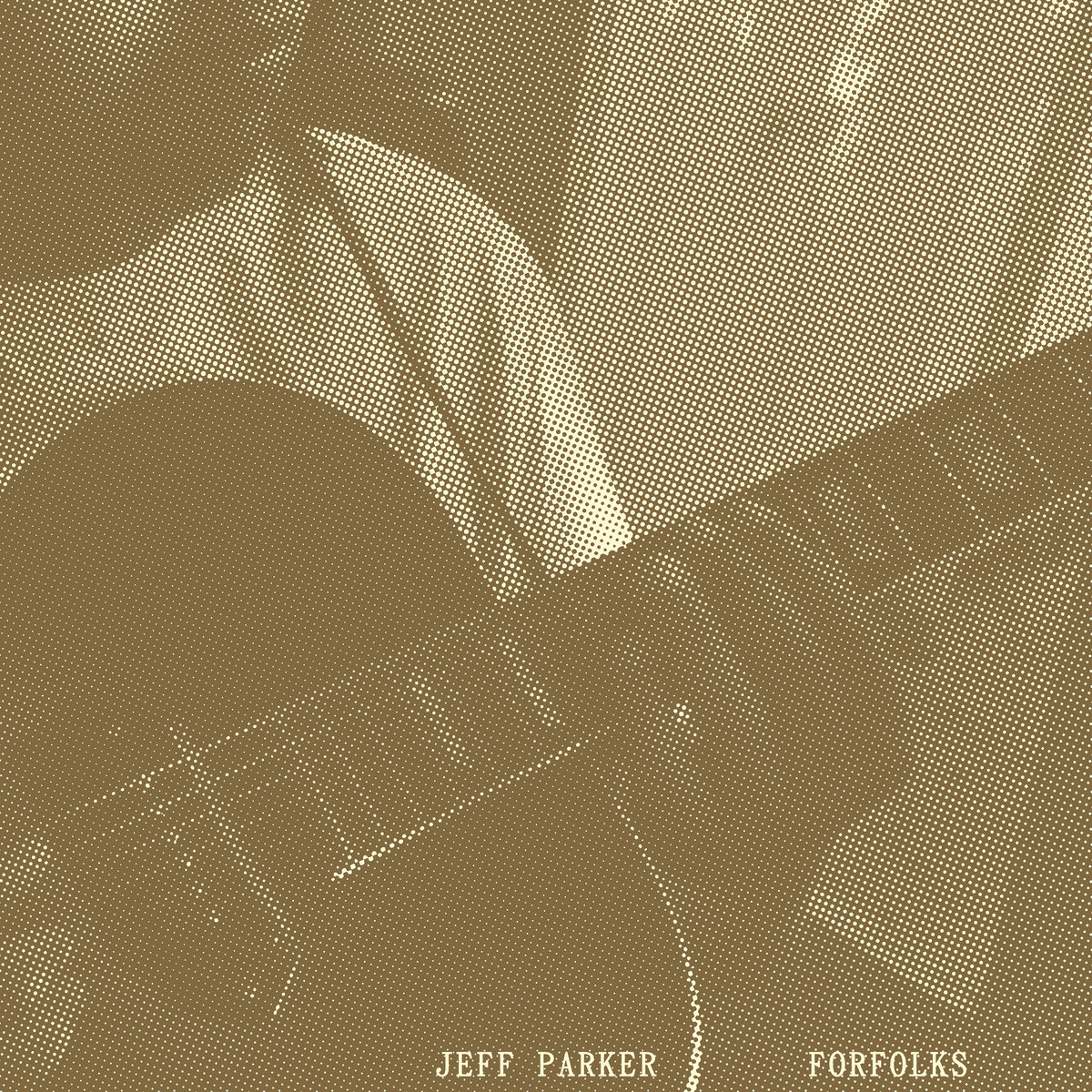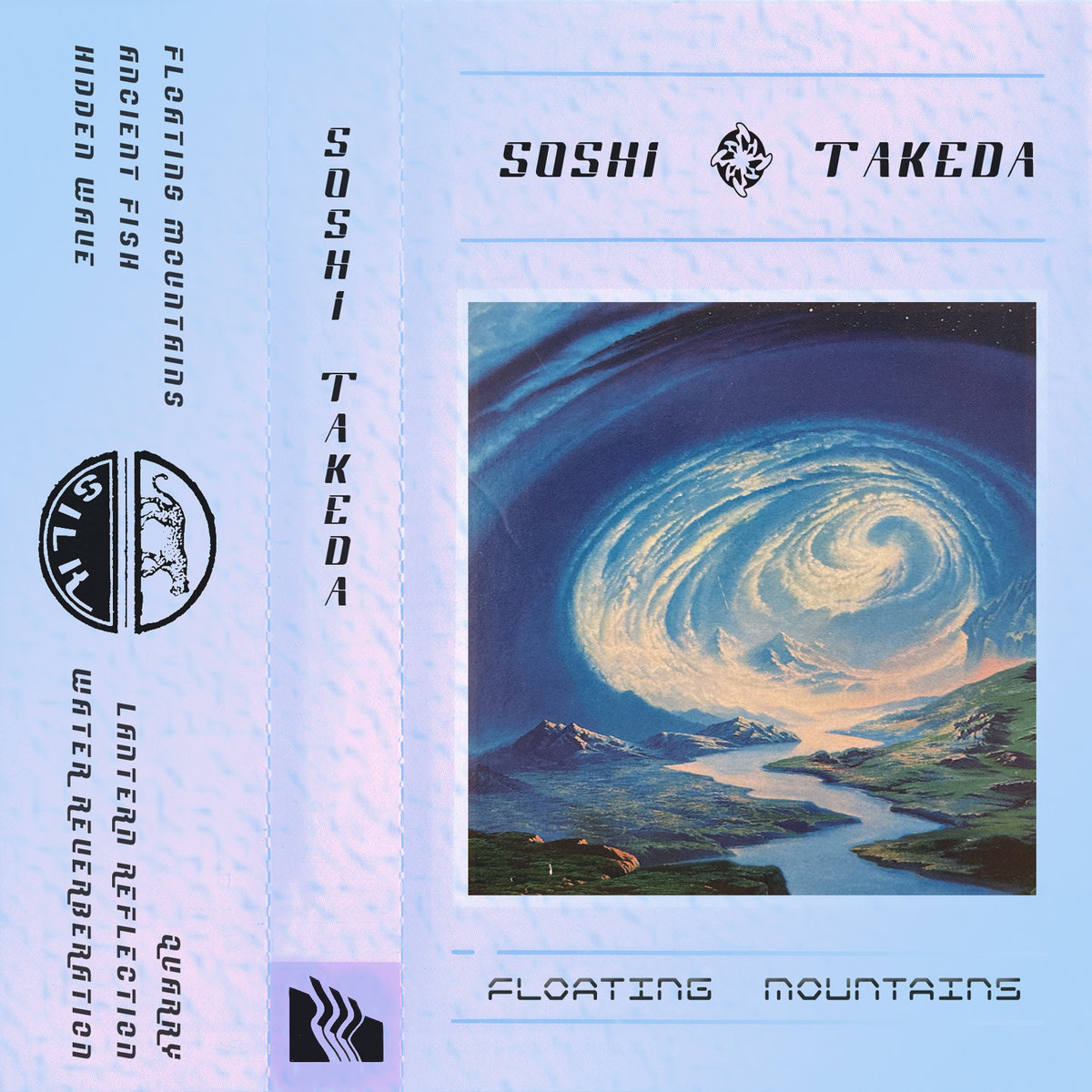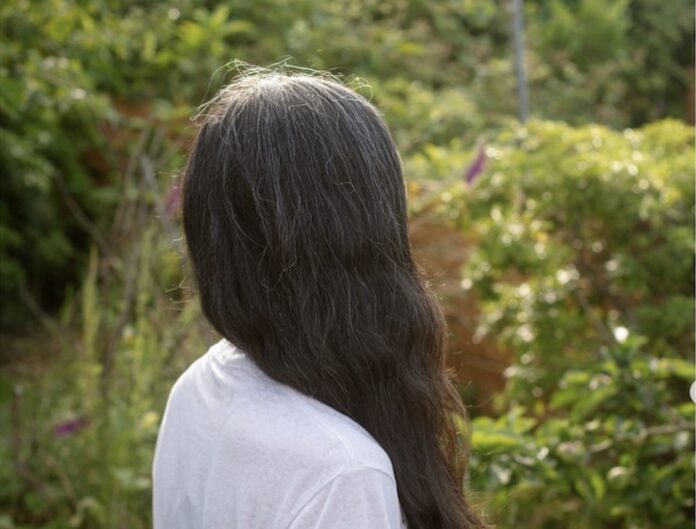2021 was a weirdly liminal year for music. Most of the best pop projects this year were retro-skewing triumphs of craft (30, An Evening With Silk Sonic, Solar Power, Lana Del Rey’s two albums) rather than anything that felt like the future. The left-field New York scene that’s producing much of the best hip hop is plateauing. Mainstream rock is still in the slow process of being rehabilitated by former rappers digging around in their middle-school pop-punk CD collections. With Bandcamp Fridays becoming less of a big deal, we aren’t seeing quite so many of the delightful low-stakes Bandcamp releases we got so many in 2020. There weren’t even that many consensus albums, which made year-end season a lot less predictable than last year’s RTJ4/Fetch the Bolt Cutters doldrums. [See Daniel’s 2020 picks here. See music writer John-Paul Shiver’s 10 top records of 2021 here.]
The most exciting rustlings this year in American music came from the young, queer, experimental underground, and there’s a good chance next year’s prestige indie albums will come from names like Claire Rousay, More Eaze, Lucy Liyou, and Nick Zanca. It’s hard to shake the feeling that the 2020s has yet to really start from a cultural standpoint, but until the other shoe drops, here are 20 of the year’s best albums.
1. Lana Del Rey, Chemtrails Over the Country Club This was the only album I heard this year where I choke up just thinking about it. This isn’t because of what happens to any of the characters (though the telepathic exchange between Nikki Lane and Tammy Wynette is gobstopping) but because of how brilliant it is, how much is going on, how well it’s executed, how boldly it takes risks—and the possibility Lana Del Rey will never again make an album I love so much. She has some great songs, but I find her classic-rock references cloying and her attempts at importance unnecessary, and she had no albums in my regular rotation until now. Here, she splits her Statue of Liberty-sized alter ego into a handful of smaller protagonists lost in the transient vastness of the world’s third-largest country, looking for the right vantage point to watch the world end. “Down at the Men in Music Business Conference/down in Orlando/I was only 19” says more about how much it can suck to be a pop star than the entirety of the Billie Eilish album from this year. The song whose chorus goes “not all those who wander are lost” transcends cliché by being exactly the kind of sentiment one of the characters in her songs would find apt to print on a wall ornament. Producer Jack Antonoff, who I’m starting to like, uses softly brushed cymbals and the muted moan of a steel guitar to make the whole album sound like a nuclear wind blowing over a field. This isn’t the most “consistent” album of the year, but because it’s the one I’ve had the most fun picking apart in my mind, it’ll probably be the one I’ll still listen to the most by the time the world does end.
2. Bitchin Bajas, Switched On Ra “Synth-drone band does Sun Ra” could be a recipe for freak worship or aimless meandering, but Chicago trio Bitchin Bajas uses the almighty jazz pianist’s music as a springboard for some of their brightest, most accessible, and most rigorous music yet. Daniel Quinlivan’s vocoder sounds just as insouciant as Ra’s favorite singer June Tyson, who instead of acting as a surrogate for the listener’s awe sounded like she’d been traveling the stars for years. And by interpreting this music on an array of vintage synths (shouting out another forebear in the process, Wendy Carlos), Bajas connect to Ra’s interest in keyboards both as instruments and objects, specifically the ‘50s and ‘60s recordings that included some the earliest-ever use of electric pianos in jazz. Though this pulsing, blacklit synthpop is generally unrecognizable as Ra until the melodies come in, Bitchin Bajas are honest and thoughtful about interpreting the music of an artist who’s more widely known than widely heard. This should be treated less like a “cover album” than as a jazz album that uses source material from a single composer as a platform for a fierce new sound and vision.
3. Anne Guthrie, Gyropedie The most important trend in experimental music this year was the folding of everyday objects and field recordings into diaristic, Internet-savvy, faintly emo music intended to document its creators’ lives. Most participants are in their twenties or early thirties: an age where time starts to slip through your hands at an alarmingly fast rate and when people, especially young artists, tend to live transiently. Making this music is a way of wresting control over time, and I felt this most poignantly on Anne Guthrie’s Gyropedie, an album made on a journey from the East Coast to the West Coast. No idling cars, no hotel chatter or clatter of plates in roadside diners: just cold mornings, frost on breath, the resolve of getting into a car every day for a long, lonely trek. Whether Guthrie’s move had anything to do with COVID is unknown to me, but I thought of my COVID-spurred move from Portland to my native San Francisco, the deep exhale before entering the unknown for months or possibly years. So why do I find this album so comforting? Maybe because I’m happier than I was in March 2020, maybe because I know now that you can bottle the past and take it with you into the future.
4. Grouper, Shade I realized all of the songs on Shade were love songs six hours after I got the edits back on my Pitchfork review, which I regret making all about how “ooooh, inscrutable!” the record is when what it was really about was under my nose the whole time. But Liz Harris’s latest ultimately resonates most strongly for its sense of place. Its acoustic tracks sound like they were recorded in a hotel room, and “I Followed the Ocean” sounds like it was recorded as she was actually following the ocean. I was lucky enough to get the advance before going to a rave in rural Washington and spending the night awake in a tent in the middle of the woods freaking out. When you’re half-awake in a tent on drugs, anything sounds inscrutable, but when I had it on my stereo over morning coffee, it filled the room like a great folk album. Looking back at my original piece, I was right that the album takes her “knife’s edge balance between intimacy and inscrutability to the extreme,” but I was wrong that what she’s saying is just out of reach.

5. Joshua Chuquimia Crampton, 4 This LA guitarist-martial artist-comic-book creator topped my list last year with an ambitious double-album of solo guitar music called The Heart’s Wash, and here’s his new “mini-album,” clocking in at well over an hour across four pieces. If you were to visualize this music, you might envision a film-strip, or a geological timeline, or maybe a strip of colored beads; he meanders from one landscape to another, some lush and welcoming, others rugged and volcanic, each movement of his hands over the strings taking us a little further away from home. 4 is evocative enough that we’re not necessarily thinking about the fact that this is just one man with a guitar, but we never really forget it either. He puts his whole body into the instrument, the tap of his feet on the pedals audible, strumming with such force that our hands hurt in sympathy, until mind and body are one and we’re witnessing a crude form of telepathy.
6. Parannoul, To See The Next Part Of The Dream What a delight to hear a rock album that goes so out of its way to be gorgeous. The second album from this anonymous Korean project is about how beautiful the world is (its first track is called “Beautiful World”) and about how its narrator is too despondent and depressed to enjoy it. This theme climaxes in a stunning moment in “Beautiful World” where the guitar shifts into a percussive five-beat pattern and that frustration becomes physical, as if they’re punching the wall. Though the songwriting is in an emo idiom, Dream is also one of the best-sounding shoegaze albums I’ve heard, hyper-distorted yet hyper-compressed, so that its rough edges are shaved off into a square and the songs seem just as boxed-in as their hero. Lots of music has been made about teenage despondency, but Dream may be the rock album that best visualizes the realization that time is slipping out of your hands.
7. Pendant, To All Sides They Will Stretch Out Their Hands Brian Leeds’ Pendant project brings us some of the best horizontal ambient this year, its 10-plus-minute cloud-drifts curiously blank at first before their creepy little textural details emerge on subsequent listens. It might be the year’s best comedown soundtrack, keeping interest at chill-out intensity until the middle of the album crashes open on “The Story Of My Ancestor The River.” Most ambient albums are content to be ominous without a payoff, but the possibility that something scary actually will happen heightens the listener’s interest, and we scan the surroundings looking for something that might jump out and attack. My colleague Ted Davis and I both noticed a paranoid undertone in Leeds’ work, as if leering pairs of eyes are squinting out of the chords and synth pads. To All Sides zeroes in on that feeling at the expense of almost everything else. It’s a little… too quiet.

8. Claire Rousay, A Softer Focus If Guthrie’s Gyropedie got to the heart of the field-recording-soft-collage-documentary-emo ambient thing, A Softer Focus is its imperial statement and one of the best recent examples of an experimental musician moving to… well, a softer focus without compromising their art. Rousay was a San Antonio punk drummer who got into the avant-garde at a young age, and now in her mid-‘20s she stands astride the scene with this glorious fusion of ambient music, diaristic recordings from her life, found objects, and the Auto-Tuned lilt of the emo-rappers she’s long carried a torch for (centerpiece “Peak Chroma” in particular sounds at once like an anthem and a gentle survey of day-to-day life). A Softer Focus is loving and sentimental with a streak of stoner mischief, and it captures the loneliness of the Internet age without resorting to name-dropping or the awkward shoehorning of contemporary cues. It remains to be seen how it will age, but it might be the album from this year that sounds most like now.
9. Hoavi, Music For Six Rooms I quail to think of the alternate universe in which I took one look at the title, assumed it was a ripoff of Hiroshi Yoshimura’s Music For Nine Postcards, and missed this dub-techno gem. But Music For Six Rooms is the best new album in the genre I’ve heard since Space Afrika’s Somewhere Decent to Live back in 2016. Dub techno is a head-expanding genre with a conservative streak, and it’s always a thrill to see someone get creative and cross-genre while staying true to the formalism that’s arguably a prerequisite. The Topdown Dialectic album from this year might have more sounds that no one has ever heard before, but it’s more impressive to me when someone takes those mile-wide chords Basic Channel invented and finds new contexts for them. A whole documentary of dub techno history flashed through my head as I floated through its 70 minutes, but I’d never heard an album using those sounds that felt quite like it. Instead of rusted and dank, instead of spacious and stoned, it felt soft, warm, diurnal, domestic: Now that I think about it, a little like Music For Nine Postcards.
10. Leather Rats, No Live Til Leather ’98 This is apparently an American psychobilly band that was huge in Japan in the ‘90s, and on this purported live EP you can hear swells of crowd noise comparable to the ones that greeted Cheap Trick at Budokan. Of course, Leather Rats was no such band, and this is clearly a latter-day producer with a taste for misdirection, exploiting the old joke about weird music being huge in Japan against all odds. What’s funny is that this music isn’t even psychobilly but a fusion of heavy dub with Suicide/Danzig-style dark-Elvis vocals, which works so spectacularly that I’m surprised this is the first example I’ve heard of it (“if anyone can put us onto more psychodubilly we’ll start a dedicated outlet,” says label Bokeh Versions). In this context, the applause becomes a production affectation just like an airhorn or a loon sample, and the hoary old big-in-Japan joke is forgiven because it exists in the service of the music.

11. Jeff Parker, Forfolks It’s a treat to see one of the most imaginative guitarists of the last 25 years do so much with just a guitar and a looping pedal. Here, the real-time link between the Tortoise guitarist’s brain and fingers is complicated by the question: What do I loop? Little vamps, sure, but also long lunar tones made from single notes—and moments where he’s either not looping at all or is so fantastic at looping we don’t notice.
12. Arooj Aftab, Vulture Prince An illuminated manuscript: Urdu poetry dressed up with enough harps and strings to rub the cultural specificity of “stripped-down” authenticity in your eye like a finger full of gasoline. You don’t need to know she’s mourning the death of her brother to catch the album’s central tension: As the arrangements bloom outward, her voice seems to be digging inward, like a fountain pen jabbing deeper into the paper.
13. Playboi Carti, Whole Lotta Red The preening boy-king of SoundCloud rap speaks in little grunts and squeaks and micro-tics and humphs of superiority over military-grade beats that put so many trebly, trendy dalliances in “experimental rap” to shame. His character is an insufferable dipshit, but the music is so exploratory and his princely schtick so cartoonish that enduring this orgy of contempt actually becomes kind of fun.
14. Lost Girls, Menneskekollektivet Jenny Hval and her awesomely named collaborator Håvard Volden expand on the philoso-trance of 2019’s Practice of Love, taking the track lengths and the potential pretentiousness to extremes. It’s Hval going full Hval, tying metatextual knots as sweet chords yield to creepy industrial shrieks, and it’s so easy to enjoy as ASMR that you might find yourself understanding it (!) before you even know it.

15. Soshi Takeda, Floating Mountains Have ever played a video game and known in your heart that its world doesn’t stop at the edge of the map, that beyond those impassable trees and rocks and oceans there must be more to explore? You already understand this album, which rejects vaporwave’s ironic treatment of turn-of-the-millennium virtual aesthetics and focuses on how pretty it all looks, how cool it all feels.
16. SUSS, Night Suite The expansive ambient-country visions of New York quartet SUSS have slowly soured and turned apocalyptic over time, and their new EP Night Suite is their most despairing and desolate vision yet. These five tracks, all named for American cities, are suggestive of decaying machinery, abandonment, sparsely populated expanses harboring old secrets. Is this the Dust Bowl or the fall of the American empire?
17. —__–___ , The Heart Pumps Kool-Aid Seth Graham and More Eaze’s collab album is a tear-jerker. Listen to that monologue about rock bottom, listen to those bells come in, and tell me they don’t know exactly which buttons to push. Such sentimentalism is a relief in an experimental zeitgeist that often prefers to leave us guessing, and though guessing is fun, sometimes I want a punch in the gut to prove my heart pumps blood.
18. Jana Rush, Painful Enlightenment Opener “Moanin’” has us thinking Jana Rush’s new album might be a five-finger exercise before throwing us into the tank with confrontational male voices, pained yelps, and what sounds like a girl being repeatedly slashed with a knife. This is such frightening stuff that I can only imagine what Rush must’ve put herself through to make these tracks, let alone to listen back and mix them.
19. Daniel Lichtenberg, Swan Island Tapes My gig at Willamette Week requires me to dig through the depths of the Portland Bandcamp tag, and this is the most rewarding thing I’ve found therein. This ambient EP from a classically trained pianist shows off some of the most plaintive sounds I’ve heard from a keyboard, woven into pieces that remind me of the organ in “Lucy in the Sky with Diamonds” wandering off on its own trip.
20. Bonnie “Prince” Billy & Matt Sweeney, Superwolves Will Oldham’s career has been defined by continual improvement: not just as a musician but as a person, a lover, a provider. Superwolves is his greatest tribute yet to just being good. The production is punched up, the guitarwork from Matt Sweeney and hotshot guest Mdou Moctar proves they practice, and the songs for his kid are as pure and rustic as a handmade toy horse.





